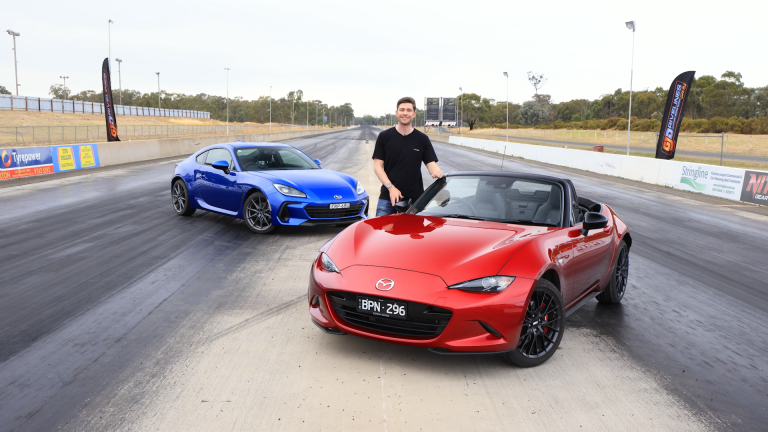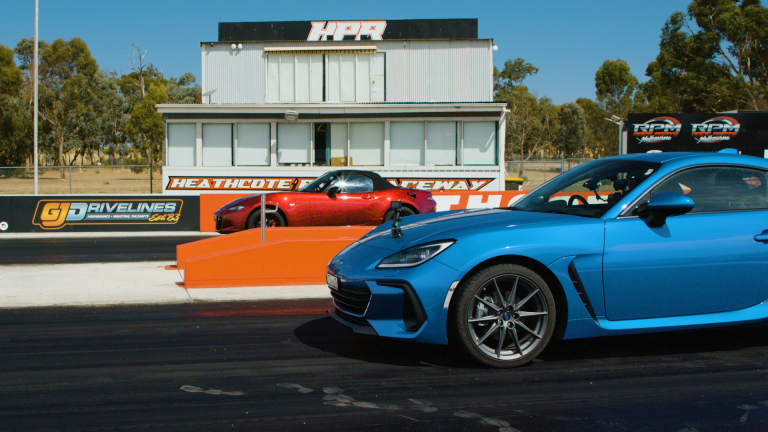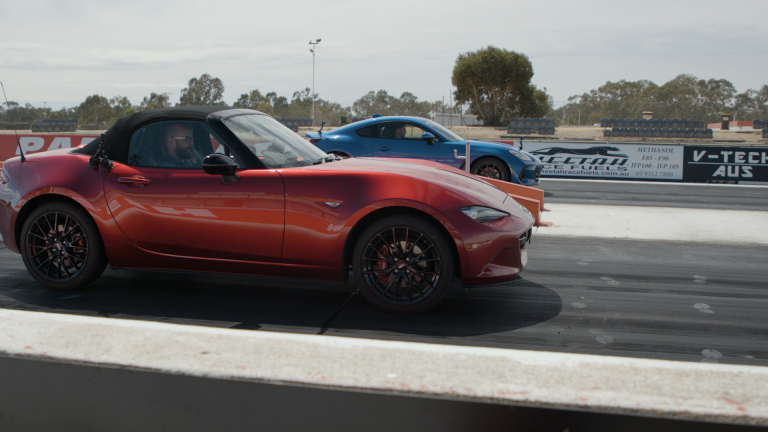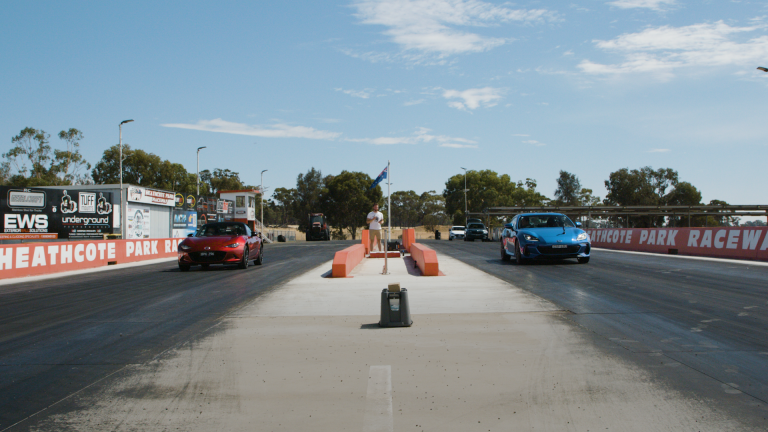
The original Subaru BRZ was a great car – you don’t win Wheels Car of the Year without being genuinely brilliant – but it did have a chink in its armour.
While its lightweight rear-drive chassis drew universal praise, the same couldn’t be said of its 2.0-litre engine. The naturally aspirated FA20 four-cylinder boxer produced 147kW/205Nm and many thought the BRZ/Toyota 86 twins deserved more grunt. But it wasn’t really the level of performance on offer that was the issue; it was how it was delivered.

The FA20 has an infamous ‘torque hole’ in the middle of its rev range, so just when you feel like the engine is building to something special, it loses momentum.
Happily, Subaru and Toyota say this has been fixed for the second-gen BRZ/86. There’s still no turbo on offer but a new 2.4-litre four-cylinder boxer delivers more displacement and a welcome 20 percent increase in both power and torque for outputs of 174kW/250Nm.
The new BRZ also sports fresh sheet metal, a new interior and big gains in torsional rigidity and an improvement in its centre of gravity. You can read our first Aussie review here.

But has Subaru finally given the BRZ the punch it needs to topple its rear-driven nemesis, the Mazda MX-5, in a straight line?
In 2.0-litre guise, Mazda’s soft-top icon has long held it over the BRZ at the drag strip due to its lighter kerb weight (1052kg plays 1282kg) that delivered a superior power-to-weight ratio.
Now though the advantage seems to have swung Subaru’s way, at least on paper, so to discover how it translates in the real world we lined both cars up at Heathcote Park drag way.

You’ll need to watch the video to see the results, but here are some important facts: both cars are manual, the BRZ is fitted with Michelin Pilot Sport 4 rubber and the Mazda with Bridgestone Potenzas.
We ran the cars head-to-head in a best of three drag and also in a roll-race. The results are close, so place your bets, hit play up top and don’t forget to like and subscribe to the MOTOR YouTube channel.



COMMENTS